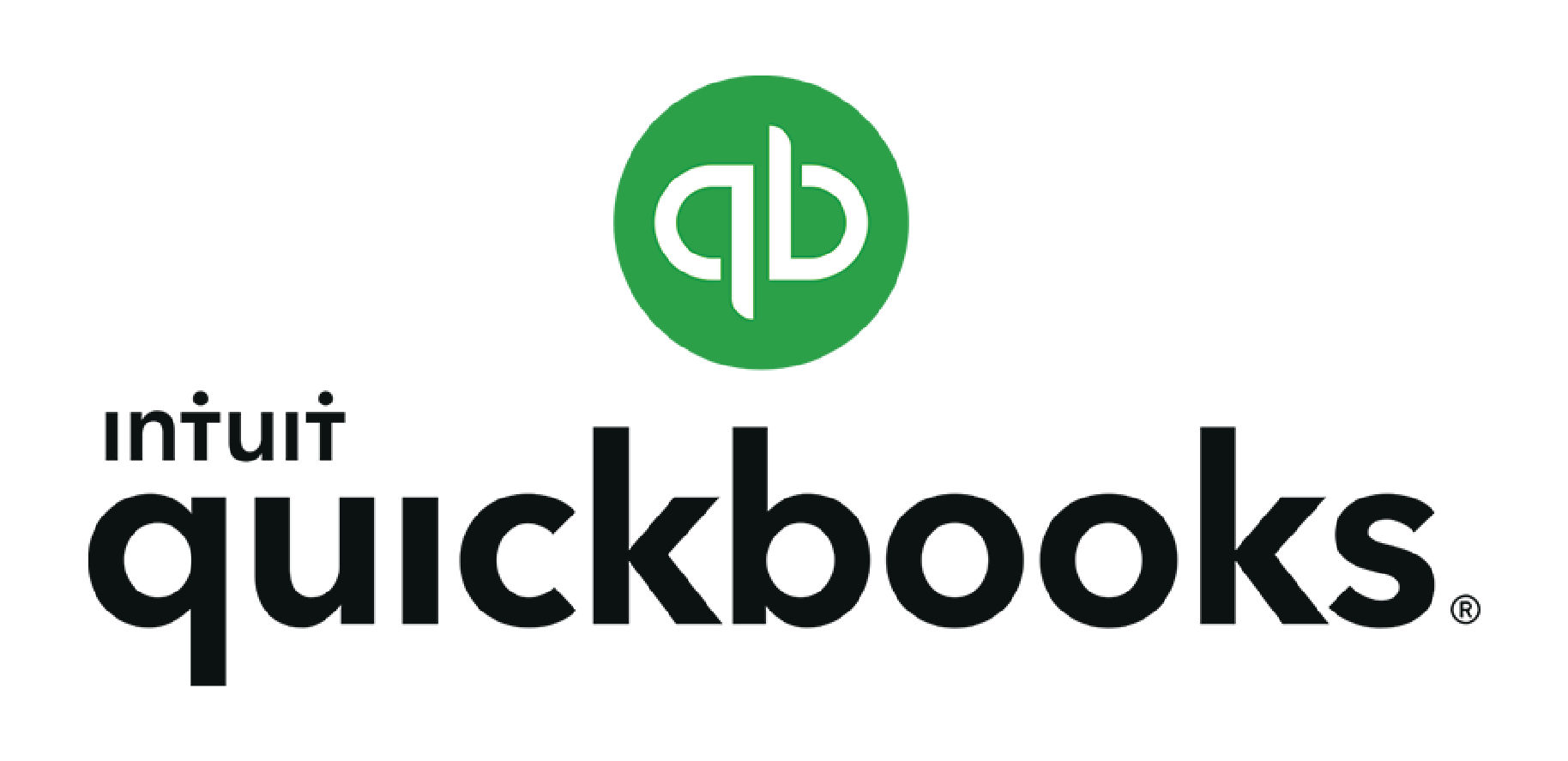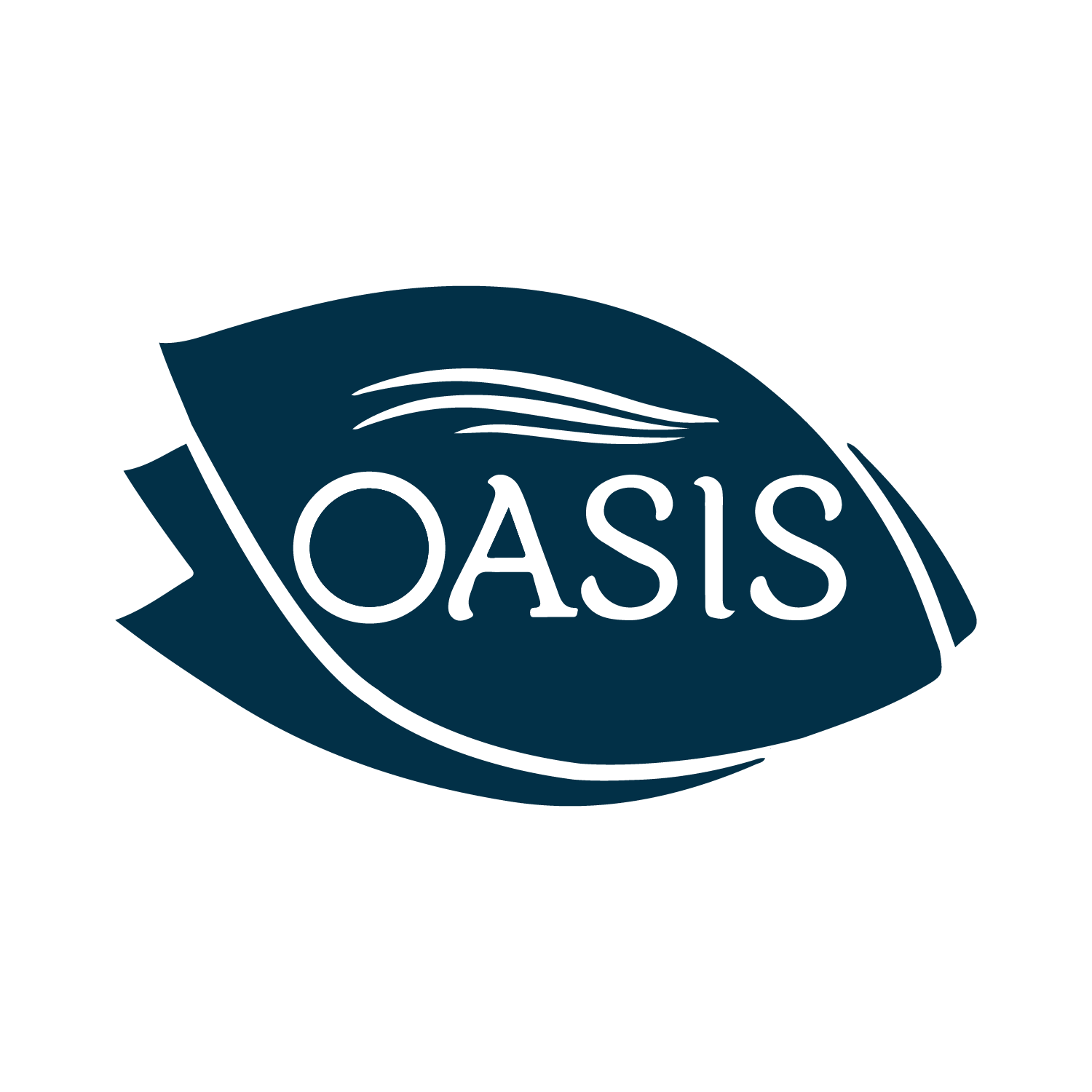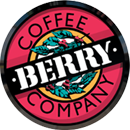


Manage Your Route and Accounting Operations seamlessly on
a Single Software Platform
Our comprehensive solution for office and mobile field service streamlines every aspect of your distribution.
Management
Accounting
Experience
Route Management
Effortless Route Management for Smarter Operations
Take control of your delivery routes with an intuitive, scalable software built to simplify scheduling, dispatching, and tracking that adapts to any operation-from single trucks to multi-location fleets.
- Smart Route Optimization to reduce mileage and fuel costs
- Real-time Route Tracking and Status Updates
- Easy Scheduling & Dispatching Tools Seamless
- Seemless Field Data Collection via Mobile Devices
- Powerful Reporting for Performance & Productivity
- Scalable for Single-Truck to Multi-Office Operations
.png?width=1000&height=991&name=ADVANTAGE%20WEBSITE%20IMAGES-15%20copy%20(1).png)
.png?width=1000&height=991&name=ADVANTAGE%20WEBSITE%20IMAGES-16%20copy%20(1).png)
Route Accounting
Simplify Sales, Payments, and Accounting—All in One Place
Boost efficiency across teams with tools that streamline invoicing, order processing, and payment collection, all while integrating smoothly with your accounting system.
- Real-time order entry and new account setup from the field
- Seamless integration with major accounting platforms
- Fast, accurate invoicing and payment collection
- Centralized tools to empower remote and in-office sales teams
Leading Customer Experience
Build Stronger Connections, Drive Repeat Sales
Deliver fast, personalized service with tools that streamline communication, simplify ordering, and keep your customers engaged.
- Centralized platform to manage emails, texts, promotions, and reminders
- Self-service B2B web store with real-time integration to your Route Manager system
- 24/7 customer access to order history, invoices, payments, and account status
- Seamless onboarding and automated updates for new and existing clients
.png?width=1000&height=991&name=ADVANTAGE%20WEBSITE%20IMAGES-17%20copy%20(1).png)
The Best Support In the Industry
When you partner with us, you’re never left to figure things out alone.
We provide hands-on guidance throughout your entire onboarding and
beyond—no confusing manuals, just expert support focused on your success.
Step-by-step onboarding,
built around your business
Personal support
specialists
Real people, real help
when you need it
Why Advantage?
Smarter Routes, Lower Costs, Expert Support.
Experience accelerated growth, reduced overhead, and enhanced communication with your staff and customers.
- Automate operations to improve efficiency
- Reduce costs and human errors
- 30+ years of experience in Route Management
- Best support in the industry
When We Say That We Will Save You Time
And Money, We Mean It.
25%
Reduction of fuel &
truck expenses
95%
Reduction of human error
with handhelds
1.1 Billion
Client revenue
invoiced
How We Provide Value To Our Customers
businesses, across industries and the globe.
“ARS showed us how much time and money their system could save our company and they have not disappointed. The software allows us to portray a professional image our customers rely upon during our interactions.”
- The Propane Guys”
“Advantage, formerly PRISM, transported Oasis Water into an era of hyper automation and productivity. The business knowledge that is embedded in the software and the team’s mastery and eagerness to help is unmatched. This has resulted in a partnership that is destined to last for a long time.”
- Oasis Pure Water, Dubai UAE
“Going from manual to digital saves many hours of man power every week and our customers love payment options. Our delivery invoice process improved since we began emailing invoices. This reduces the cost of postal letters, envelopes, stamps, and reduces the time it takes mailing out bills. ARS has helped immensely.”
- Rapid Propane Exchange”
“A short time following the installation of the RM Software, we have immediately begun to reap cost savings in the payroll and invoicing processes and expect to see similar results across additional departments.”
- Joe Rider Propane
“Advantage (ServQuest) provides a feature rich route management and equipment service software. I can easily ensure accountability and success of my route sales drivers, techs, customer service, sales, inventory operations and most importantly….our customers. After having used several DSD, Coffee Software Systems over 30 years, Advantage, formerly Prism, is a great partner for my manufacturing and sales distribution business for years to come. ServQuest is scalable to meet future growth, experts in route accounting and asset management.”
- Steve Brehm
Berry Coffee Company
“We are saving time as we go paperless. When employees are done with their route for the day, they just download their information into the system and they are done!”
- Hermann's Water”
“ARS showed us how much time and money their system could save our company and they have not disappointed. The software allows us to portray a professional image our customers rely upon during our interactions.”
- The Propane Guys”
Industries We Serve
Different industries require different features. We know your unique needs and have customized our software to make sure you have the options you need to run your business smoothly.
*If your industry is not listed, that doesn't mean we can't service you. Contact one of our helpful sales reps so we can discover if our software is a fit for you.
Get Started with a software that fits YOU
Invest in your success with Advantage Route
See firsthand how our end-to-end route accounting and management software can streamline your operations.
When you book a customized demo, our distribution and field service expert will walk you through features designed specifically for your industry—whether that’s bottled water delivery, propane, office coffee, medical gases, or another service-based business.
.png?width=550&height=443&name=BLOG%20INDIVIDUAL%20CTA%20ADVANTAGE%20WEBSITE%20IMAGES-44%20(1).png)
smarter way to manage your routes.







